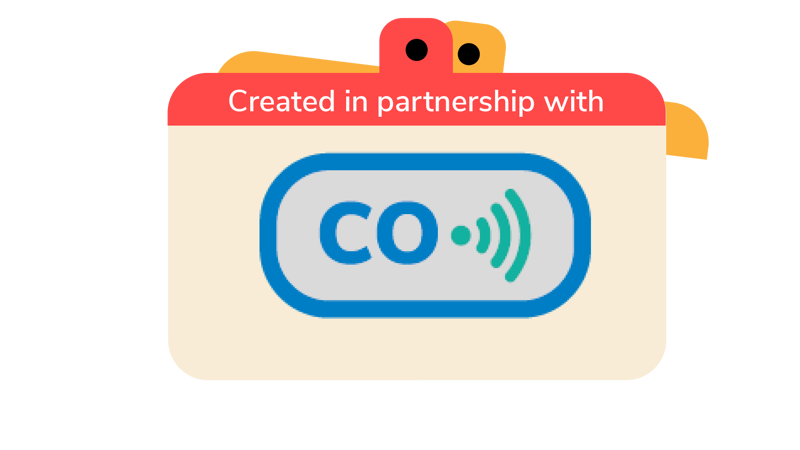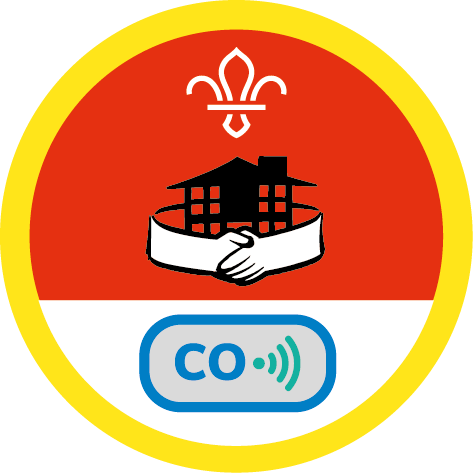
Not CO-ol
You’ll need
- Something to mark lines (for example, chalk, masking tape, or rope)
What’s what?
- The person leading the activity should talk about carbon monoxide and explain that this game will help everyone to know what things can make carbon monoxide, and how to keep ourselves safe from it.
- Divide your space into two halves. One half is for items that could produce carbon monoxide and the other half is for items that don’t.
- One person leading the game should choose an item from one of the lists below and shout it out.
- Everyone should run to the side of the room they think matches the item.
- After an item has been shouted and everyone has moved, tell everyone the correct answer.
- Keep randomly choosing items from the lists until you have shouted out all of them.
- Now we know about what makes carbon monoxide, we need to know how to keep ourselves safe. Try out Safe and sound to learn all about staying safe from carbon monoxide.
Items that could produce carbon monoxide:
- boiler
- water heater
- gas or real flame fireplace
- barbecue
- gas heater
- camp stove
- campfire
- candles
- petrol lawnmower
- generator
- petrol/diesel car
- cigarette
- gas cooker
Items that don’t produce carbon monoxide:
- torch
- mobile phone
- lightbulbs
- computer
- toilet
- doorbell
- bike
Reflection
This activity was about being responsible and developing skills by understanding more about carbon monoxide and how it can be dangerous. There are plenty of things around us that might seem scary or dangerous, but we just need to be careful with them. It’s just the same as wearing shin pads when we play football or a helmet on our bikes to stay safe.
What other things can we do to help stay safe? It could be sharing what we’ve learnt about carbon monoxide, or asking question about other things we want to learn how to use safely.
Safety
All activities must be safely managed. You must complete a thorough risk assessment and take appropriate steps to reduce risk. Use the safety checklist to help you plan and risk assess your activity. Always get approval for the activity, and have suitable supervision and an InTouch process.
- Active games
The game area should be free of hazards. Explain the rules of the game clearly and have a clear way to communicate that the game must stop when needed. Take a look at our guidance on running active games safely.
- Step it up by getting rid of the lists and asking everyone to come up with their own items.
- Make things simpler by writing the items on pieces of paper. Split them between groups of players and ask them to work together to sort the items into things that do and don’t produce carbon monoxide.
- Instead of moving around the group could stay still and vote by putting up their hands or by making different noises.
- Consider writing the items on pieces of paper or a whiteboard instead of shouting them to support anyone who doesn’t like loud noises.
All Scout activities should be inclusive and accessible.
Now you know where carbon monoxide comes from, learn how to stay safe. Click here to see more guidance on carbon monoxide safety.
Learning about dangerous things can sometimes be a little scary. Make sure to allow time for answering questions to help reassure everyone and make them feel safe.
